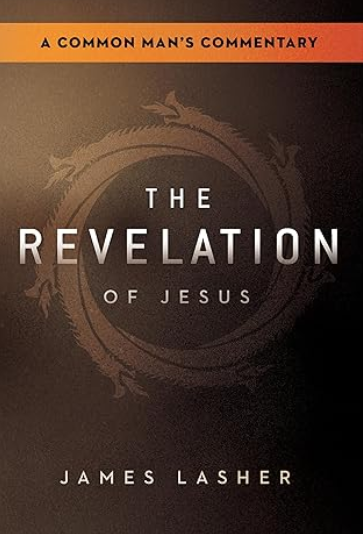How Is a New Pope Chosen? Mysterious Process Now Revealed
What happens now that Pope Francis has passed away?
When a Pope passes or resigns, the Roman Catholic Church begins what they consider a sacred and historic process to choose his successor. This selection is known as a papal conclave, a deeply spiritual event centered on prayer, secrecy and symbolism. Below are four steps to selecting a new pope that you should know.
1. The Role of the Cardinals
The decision of who becomes the next Pope is made by the College of Cardinals, a body of senior church leaders appointed by past popes. However, only cardinals under the age of 80 are eligible to vote—usually about 120 men. These cardinals come from around the world and represent different regions, cultures and perspectives within the Catholic Church. Their role is not to campaign or nominate candidates publicly but to discern whom should assume this new role.
2. Entering the Conclave
Before the conclave, or the formal gathering of Roman Catholic cardinals begins, meetings called General Congregations take place, where they discuss the state of the church and what qualities are needed in the next Pope. Then, in a solemn procession, they enter the Sistine Chapel. The doors are locked, and all outside contact is cut off. They take a strict oath of secrecy, with heavy penalties for leaks. Even staff assisting inside the chapel—such as medical personnel or cooks—must vow confidentiality.
To order James Lasher’s new book, The Revelation of Jesus, visit Amazon.com.
3. The Voting Process
Voting is done in secret using handwritten ballots. Each cardinal writes the name of his choice on a slip of paper and places it on a golden plate, which is then slid into a chalice. After each round, the votes are counted and burned with special chemicals. Black smoke signals no decision; white smoke means a Pope has been chosen. It may take several days and many ballots to reach the required two-thirds majority.
4. Acceptance and Announcement
Once a candidate receives the needed votes, he is asked, “Do you accept your canonical election as Supreme Pontiff?” If he says yes, he chooses a new name—often honoring a previous Pope or saint. Moments later, the announcement rings out from the balcony: “Habemus Papam!” (“We have a Pope!”), and the new pope greets the world.
The election of a new pope is a moment of great significance, not only for the Catholic Church but for the wider Christian world and global community. As the world watches this historic event unfold, it offers an opportunity for reflection, unity and hope for the future of the church and its role in addressing the challenges of our time.
Join Charisma Magazine Online to follow everything the Holy Spirit is doing around the world!
Abby Trivett is content development editor for Charisma Media.





























































